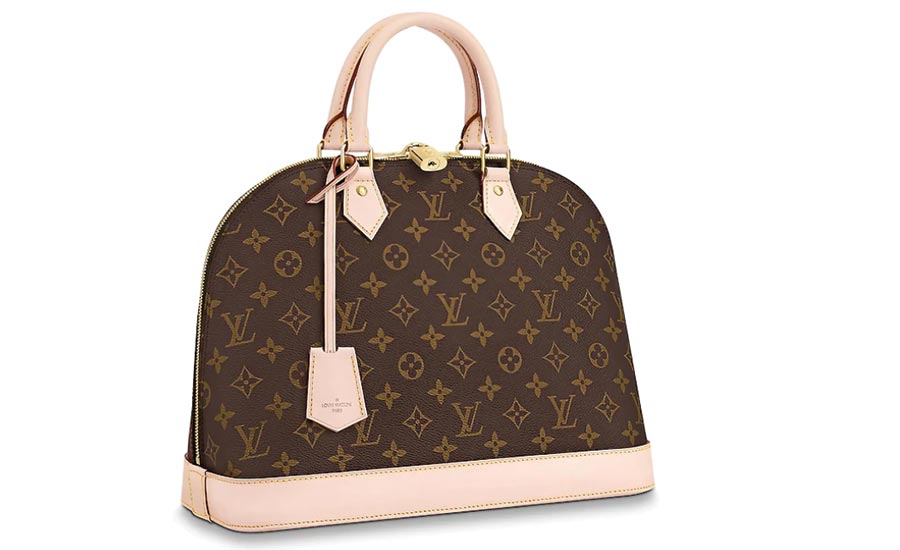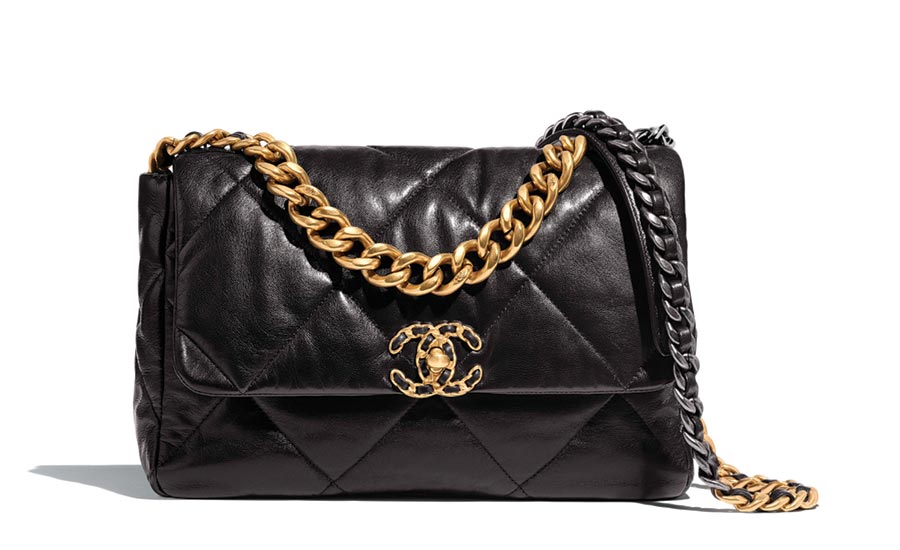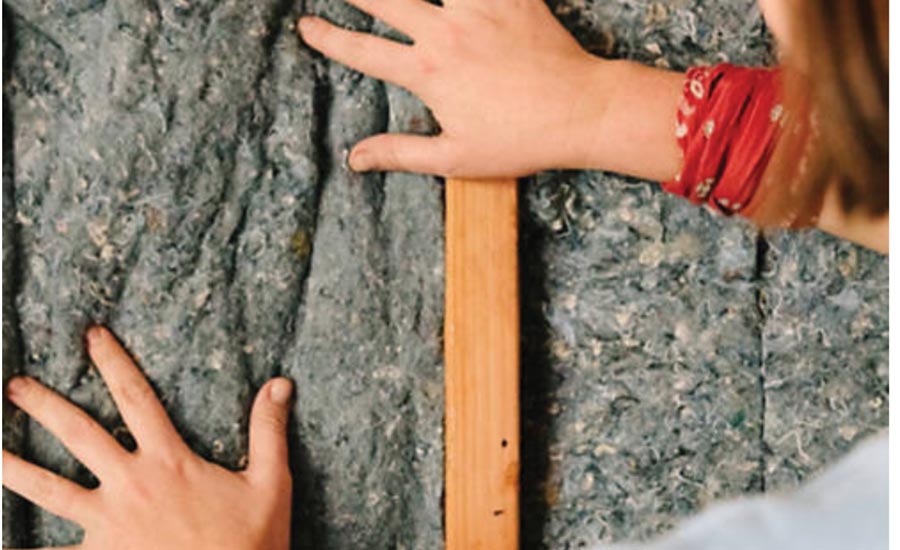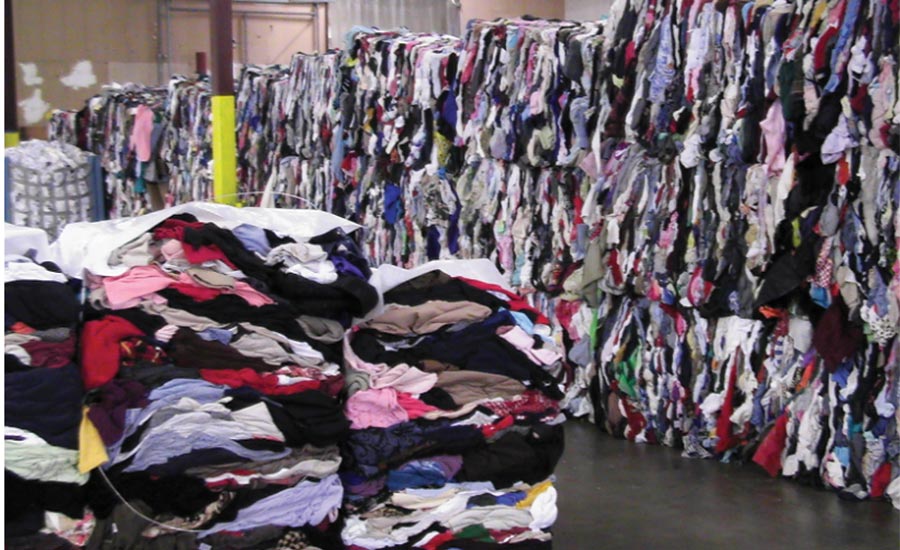For several years now, I have been talking and writing about the restoration of expensive high-end handbags, and how insurance carriers should take note of this rapidly expanding resale market. Many customers are buying second-hand luxury bags at a discount, and insurance carriers may be paying replacement value on a brand new bag, rather than the true purchase price of a second hand bag.
For example, a brand new Louis Vuitton Alma bag sells on their site for $1,895. However, that same bag in slightly used condition sells for around $600 on resale sites such as Ebay and Poshmark.
Additionally, the carriers may be missing out on opportunities to sell salvaged luxury bags for quite a pretty penny once restored - to the tune of thousands of dollars each, because some of these bags appreciate. Take the Chanel Flap Bag for example. The same exact bag purchased brand new in 1990 for $1,100 today sells for $5,900. A fully restored Chanel Flap Bag might sell for as much as $3,500.

Louis Vuitton Alma MM
The luxury resale market is still expanding, and interestingly, the non-luxury apparel resale market is growing at a fast clip as well, to the point that every day retailers are trying to get in on the action. In fact, it’s becoming a movement.
Retailers see an opportunity to recapture more income from their original investment into the production of a garment, and they’re setting up second hand resale shops on their company websites. The North Face, for instance, is carrying RENEWED, a ‘slightly used’ line, on their website.
Retailers also see this clothing resale/recycle trend as a great public relations opportunity. There is currently a lot of focus on the highly polluting production processes found within the apparel industry, and for good reason. Nearly 20% of global waste water is produced by the fashion industry, which also emits about 10% of global carbon emissions - more than the emissions of all international flights and maritime shipping combined. Additionally, cotton farming is responsible for 24% of insecticides and 11% of pesticides despite using only 3% of the world’s arable land.

Large Chanel Flap Bag
So, apparel companies are looking for ways to redirect bad press and unwanted attention while they improve their sustainability practices, and they see a huge opportunity to do this with the reduction of clothing goods that end up in landfills.
Currently, consumers throw away shoes and clothing [versus recycle], an average of 70 pounds per person annually. About 85% of this waste goes to landfills where it occupies about 5% of landfill space, and the amount is growing. Incredibly, up to 95% of the textiles that are land filled each year could be recycled.
So, to help combat this environmental impact, apparel companies are actually taking back old goods, and giving a credit to the customer that donates, with the hopes of recycling these fabric materials.
Madewell, for instance, in its Blue Jeans Go Green campaign, is giving $20/pair discount coupons for each pair of jeans returned (donated) to them. In their case, it doesn’t even matter the brand of the denim. And they’re recycling that denim into insulation that can be used to build houses.

Madewell helped insulate this LA home.
There are also other take back programs with high visibility companies, such as H&M. We’re at the precipice of a new age of reusing and recycling clothing, but why does this matter to the world of restoration?
Not only can the insurance carriers take advantage of this resale market, by focusing on salvaging luxury handbags and putting them on the secondary market, but homeowners can also really benefit by taking advantage of these take back programs.
At the time of a loss, there is always a question about whether to restore or dispose of affected but rarely used contents in a person’s home, and rather than just donating all of the clothes that the customer’s family members aren’t wearing any longer, or disposing in a landfill, these goods can be turned in for coupons, greatly discounting new clothes.
Restoration companies have an opportunity to grow relationships with their customers by leveraging this trend if they are willing to facilitate this process.
How can we restorers help?
When you come across high end claims, take the opportunity to educate your carrier client on the resale opportunities that are out there on salvaged luxury handbags. Point them to vendors such as:
- Shoplindasstuff.com
- ThredUP.com
- Malleries.com
- Poshmark.com
- Tradesy.com
If you have an insured with lots of expensive clothing items, choosing a restoration dry cleaning vendor based on technical expertise is going to be more important than ever before.
And pressure should be on vendor to perform.

Apparel awaiting recycling.
A vendor that takes the time to protect embellishments and barcode inventory every single item down to a belt or a cuff may well be the difference between a closet full of goods that can be resold, versus a closet of clothing that no longer has any value.
It may also pay to educate yourself and your team on brands that are high end, so that you are aware when you encounter them. These brands include Hermes, Chanel, Louis Vuitton, Bottega Veneta, and Miu Miu.
And for claims dealing with goods that are not high end, educate your insured that there are opportunities for these take back programs, and offer to make an inventory of goods not to be cleaned, so that your customer can know what types of goods are available to trade in.
And possibly even go to the effort to offer to check if their preferred brands have take back programs.
A little effort goes a long way in this regard, by helping your homeowner client, you’re also helping the environment.

